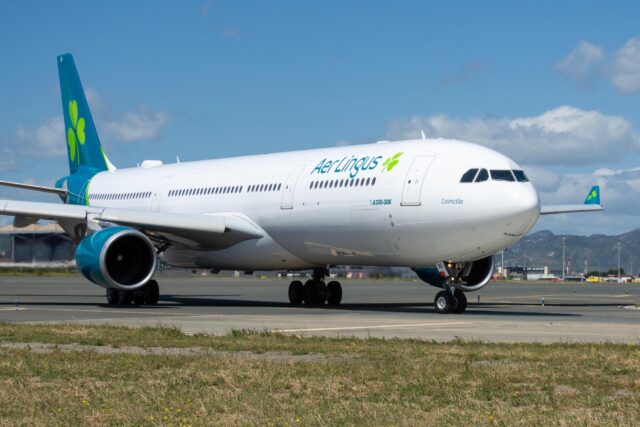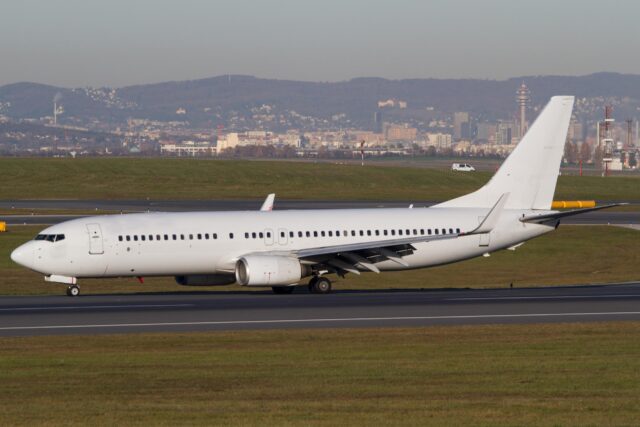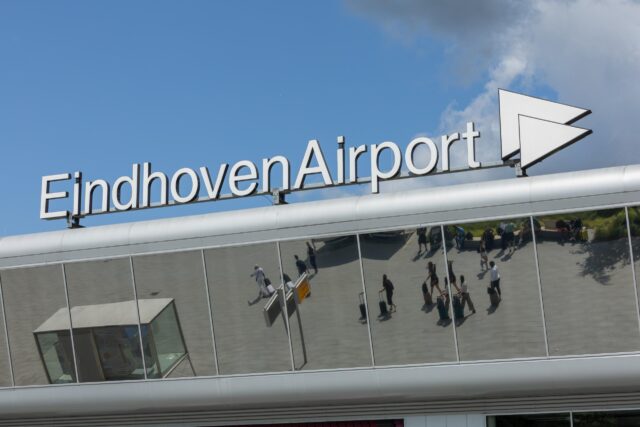From de-icing to METARs: The airline pilot’s winter pre-flight checklist

November 23, 2025

British winters can be harsh and unpredictable, bringing a unique set of challenges for commercial pilots.
From icy runways and freezing fog to snow that blows in sideways, preparing an aircraft for flight in stormy conditions requires extra precision, detailed knowledge and planning.
Here’s a look inside some of the winter pre‑flight routines that keep skies safe when the temperature drops.
Weather briefings for pilots before and during flight
Before a winter flight, air crew start with a thorough review of the latest weather data. It primarily comes from the UK Met Office (which provides aviation-specific forecasts) and air traffic control operational briefings. METARs and TAFs also provide details on snow, freezing rain or low visibility, plus runway condition reports from the airport.
METARs (METeorological Aerodrome Reports) are coded reports of current airport weather conditions, while TAFs (Terminal Aerodrome Forecasts) are coded forecasts of airport weather to come, usually over the next 24 to 30 hours. Both are crucial for flight planning, with METARs giving real-time data and TAFs offering predictive insight into conditions like wind, visibility and cloud cover.

What other updates do pilots get?
Pilots also receive a range of additional weather and operational updates prior to departure. SIGMET (Significant Meteorological Information) and AIRMET (AIRman’s METeorological Information) notices alert crews to significant en-route weather hazards.
SIGMETs warn of severe conditions such as thunderstorms, turbulence, icing or volcanic ash, while AIRMETs highlight more moderate phenomena that can still affect smaller aircraft or specific routes, for example, transatlantic.
Then there’s NOTAMs (Notices to Airmen). While NOTAMs aren’t just for weather reports, they can still contain essential information about any runway closures or reduced braking action from snow, slush or ice.
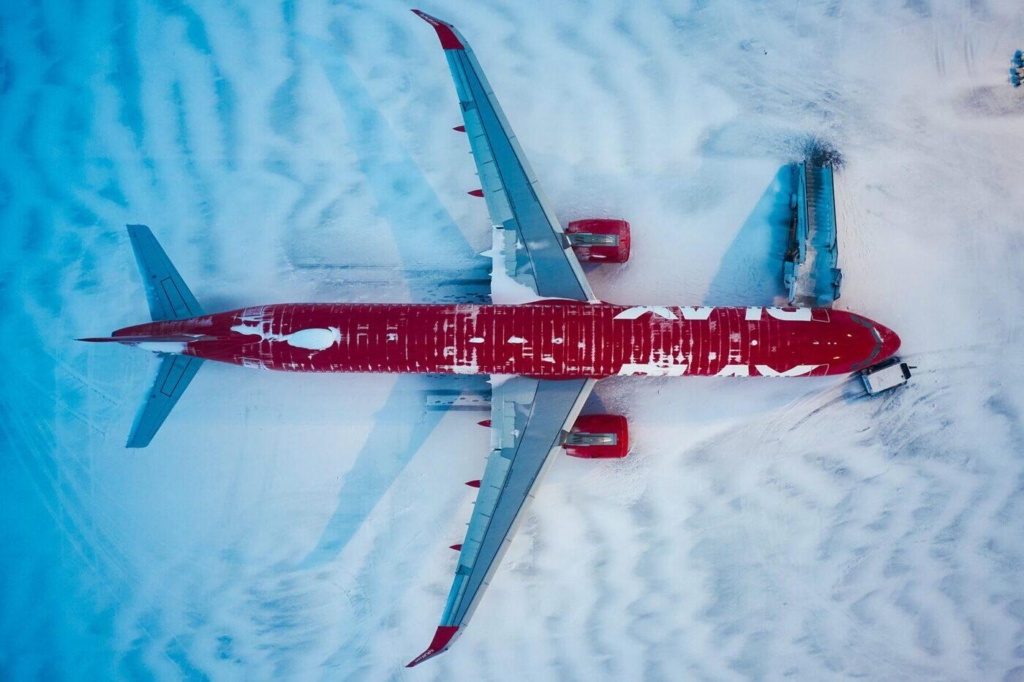
Pilots also study surface and upper-air charts to track frontal systems, pressure patterns and jet streams, while “winds aloft” data reveal how wind changes with altitude, helping with fuel planning and flight efficiency.
A closer look at the aircraft from the outside
Before departure, pilots and ground crews carry out a thorough exterior inspection. They check wings, control surfaces, stabilisers, engine inlets and critical sensors like pitot tubes and angle-of-attack probes for ice or snow. Even small amounts of frost can affect aerodynamics, so nothing can be left to chance.
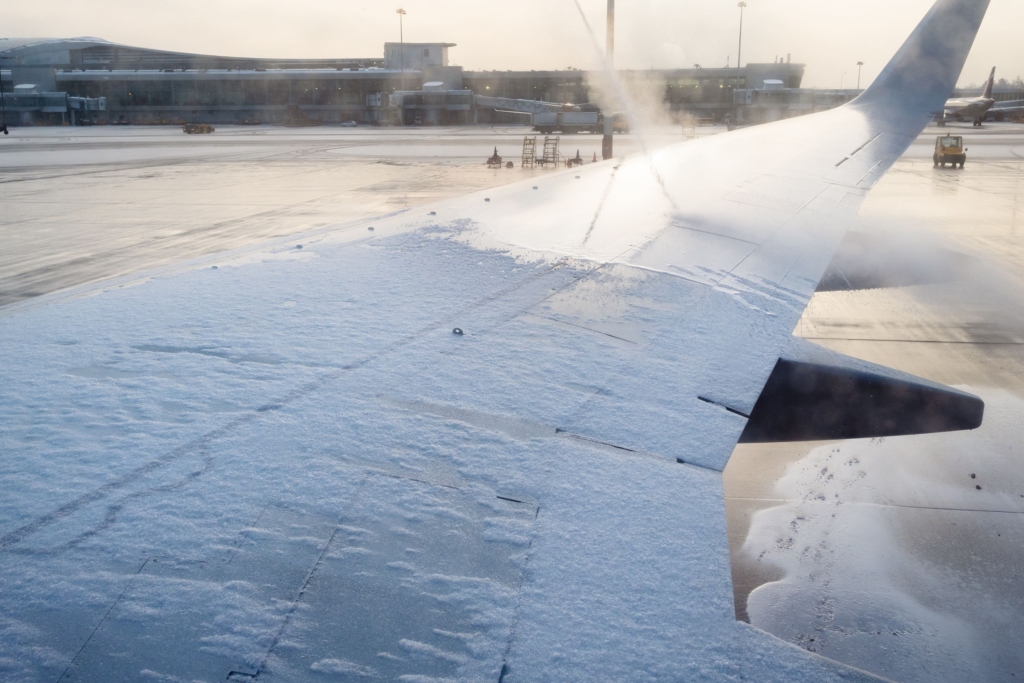
Cold temperatures also impact hydraulics, batteries and lubricants, so pilots make sure systems are operating as well as possible before engine start. This step is vital in preventing delays and staying safe during taxi and takeoff.
De-icing: it’s all in the timing
If frost or ice is present, the aircraft goes through de-icing. Airlines usually follow a two-step process for this: first, Type I glycol fluid is sprayed to remove any ice, then Type II, III, or IV fluid is applied to protect against re-freezing.
Pilots work closely with ground crews to make sure the plane takes off within the “hold-over time”. This is the short window when the anti-icing fluid is still effective.
If ice starts to form again, the whole process is repeated.
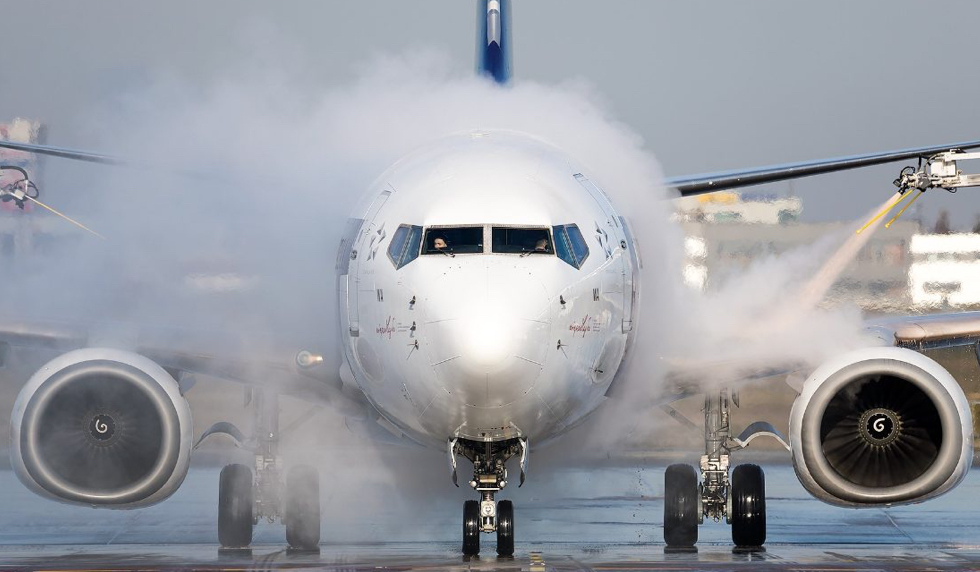
How do winter conditions affect taxi and takeoff?
Taxiing through snow or slush means reducing speed and steering carefully to avoid skidding. Pilots keep a close eye on braking performance and follow airport NOTAMs about runway conditions.
When taking off, the cold, dense air can actually help lift. However, slippery surfaces and leftover moisture from de-icing are also issues. Engine and wing anti-ice systems can be switched on as needed to stop ice forming in the air during flight.
The final go/no go decision
Even after all checks and de‑icing, the pilot’s final decision to depart rests on several factors: weather conditions at departure and destination airports, the state of the runway, hold-over time validity and alternate airport availability. In the UK, winter conditions can change rapidly, so a conservative, safety-first approach is key.
Featured image: Lufthansa
